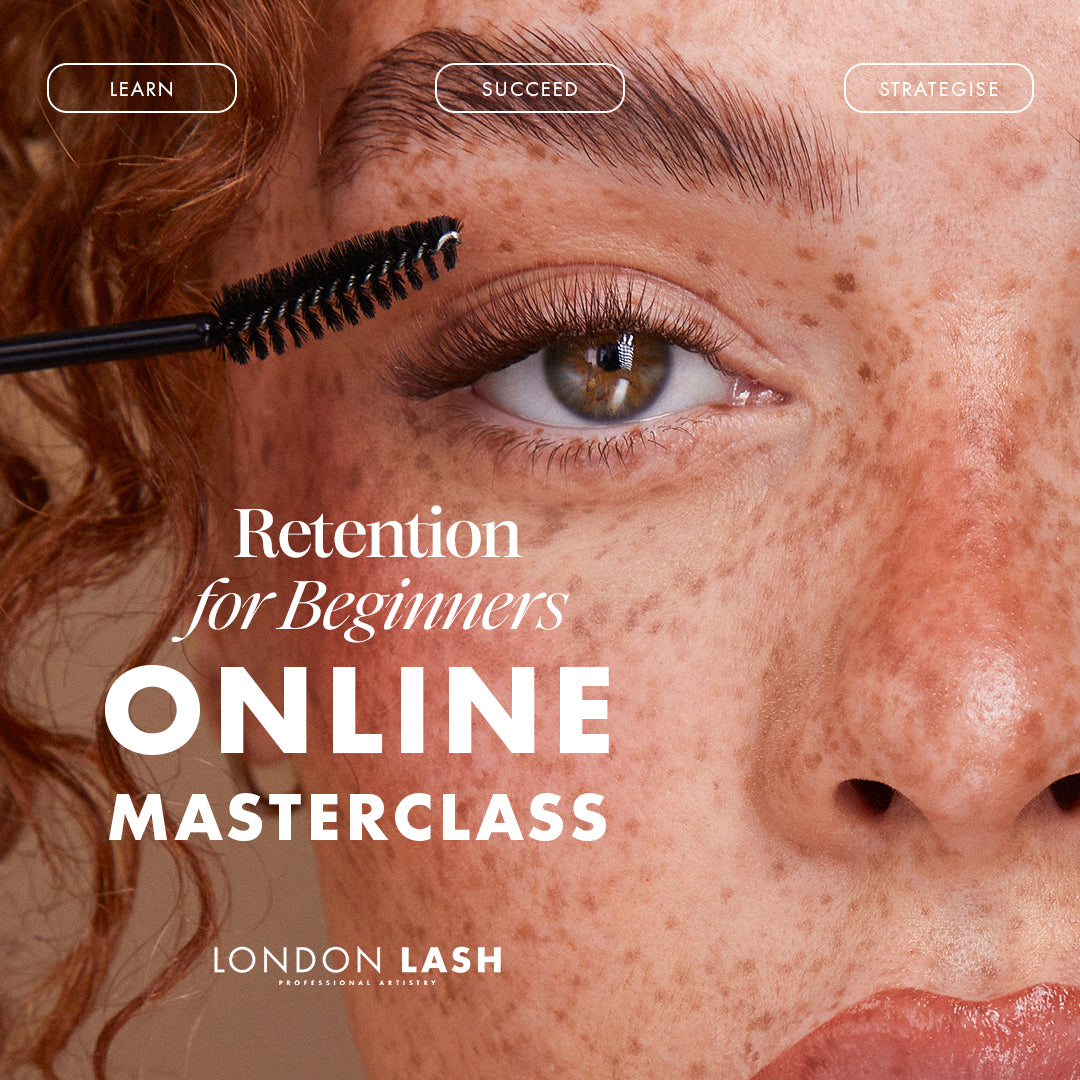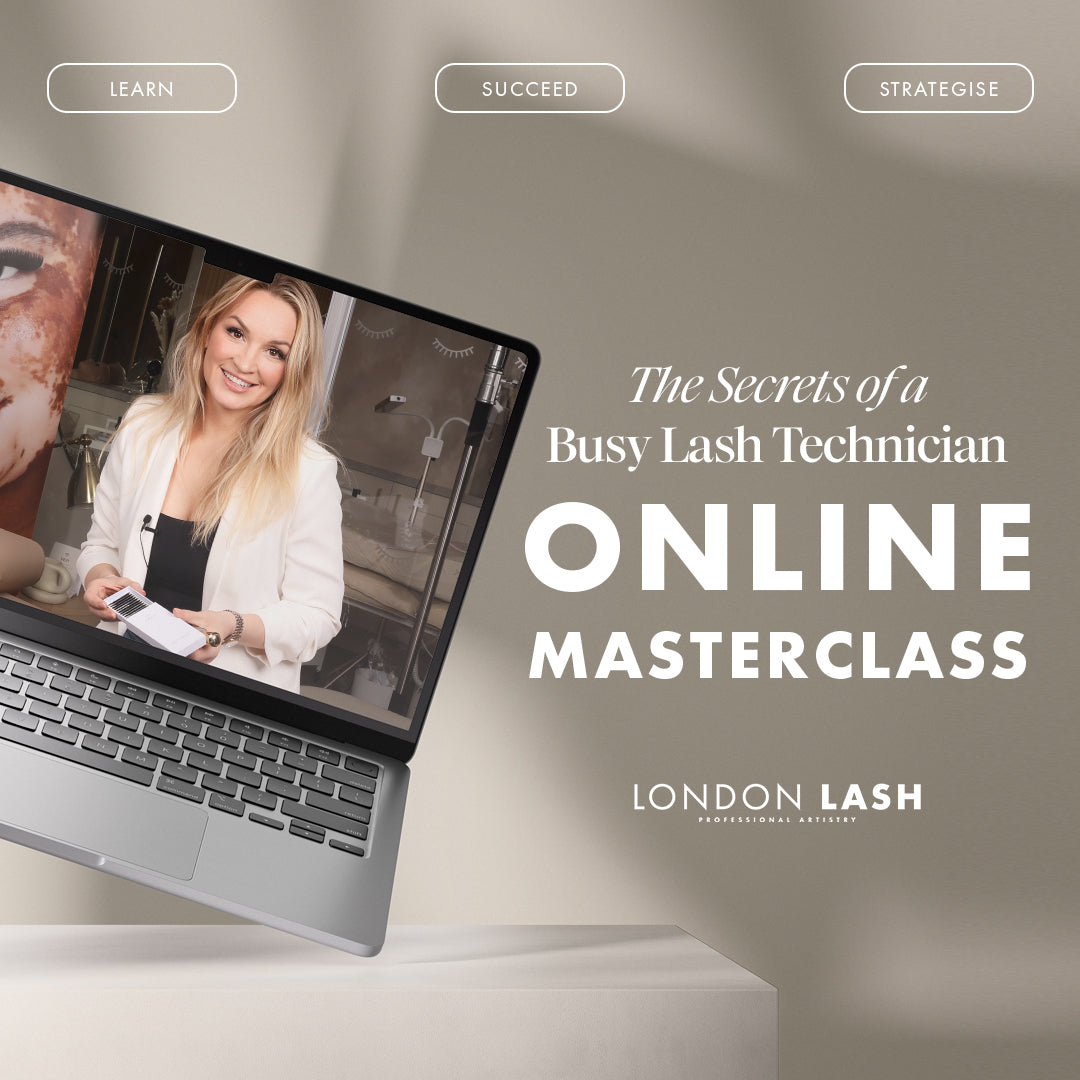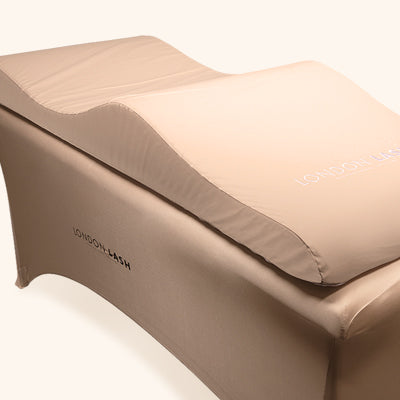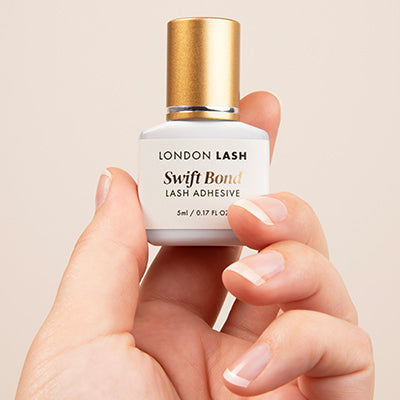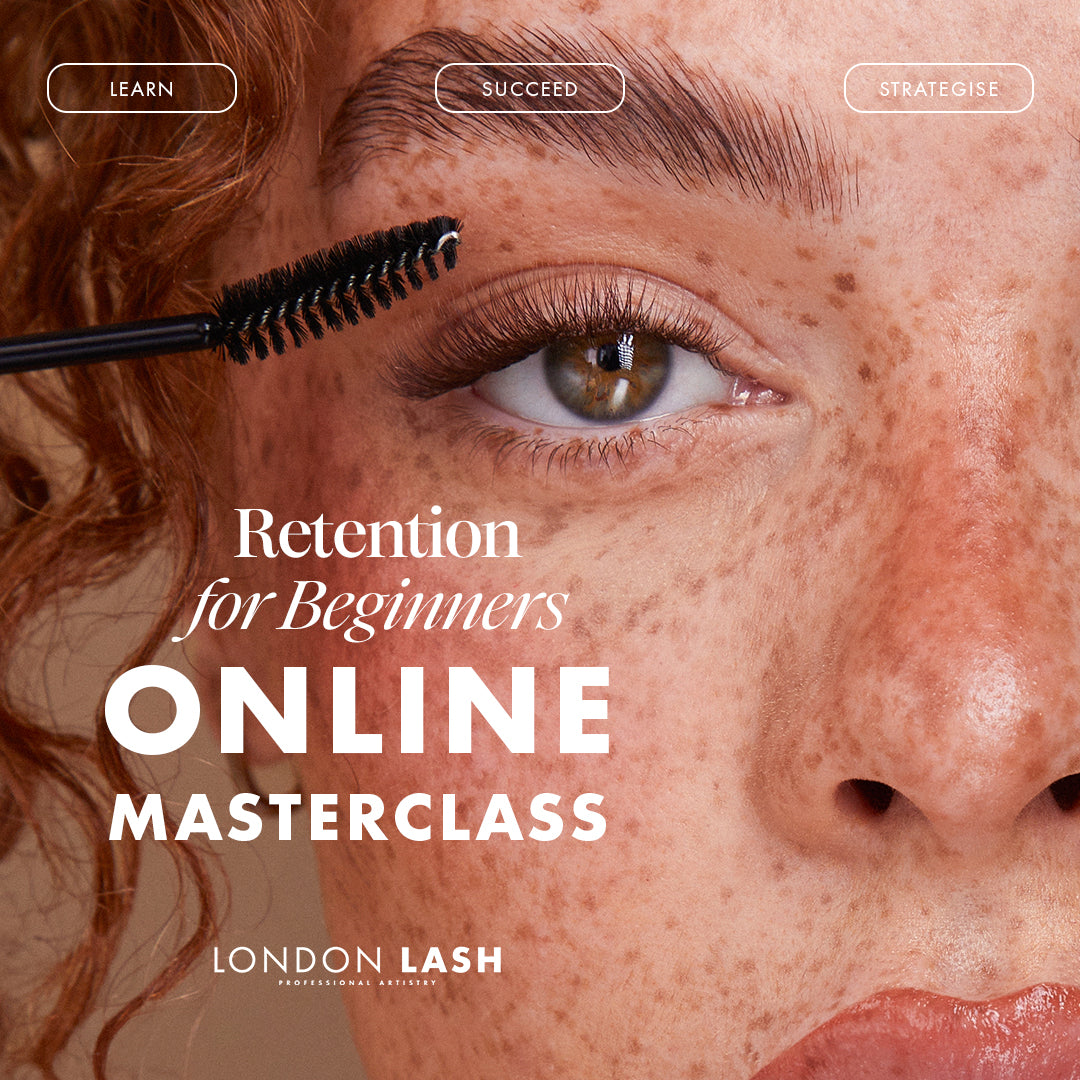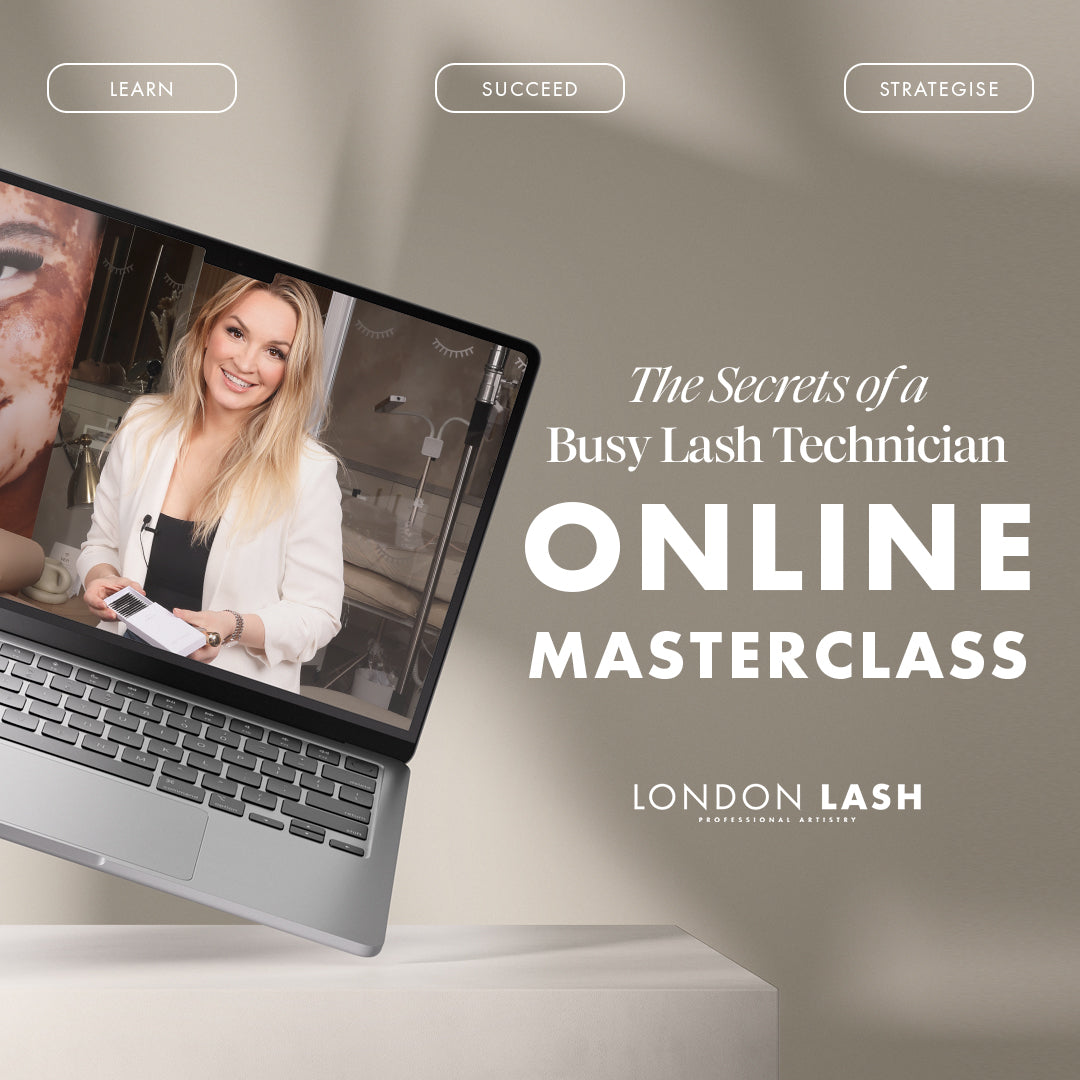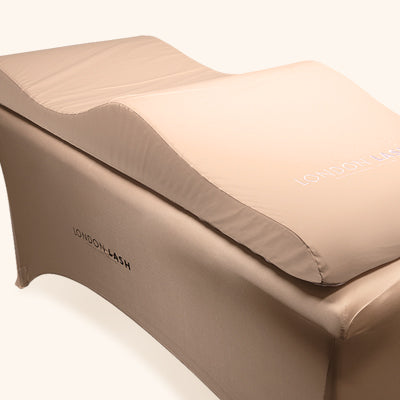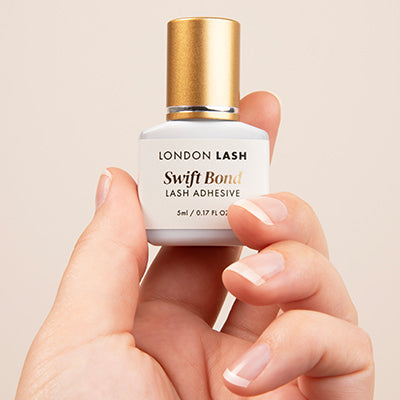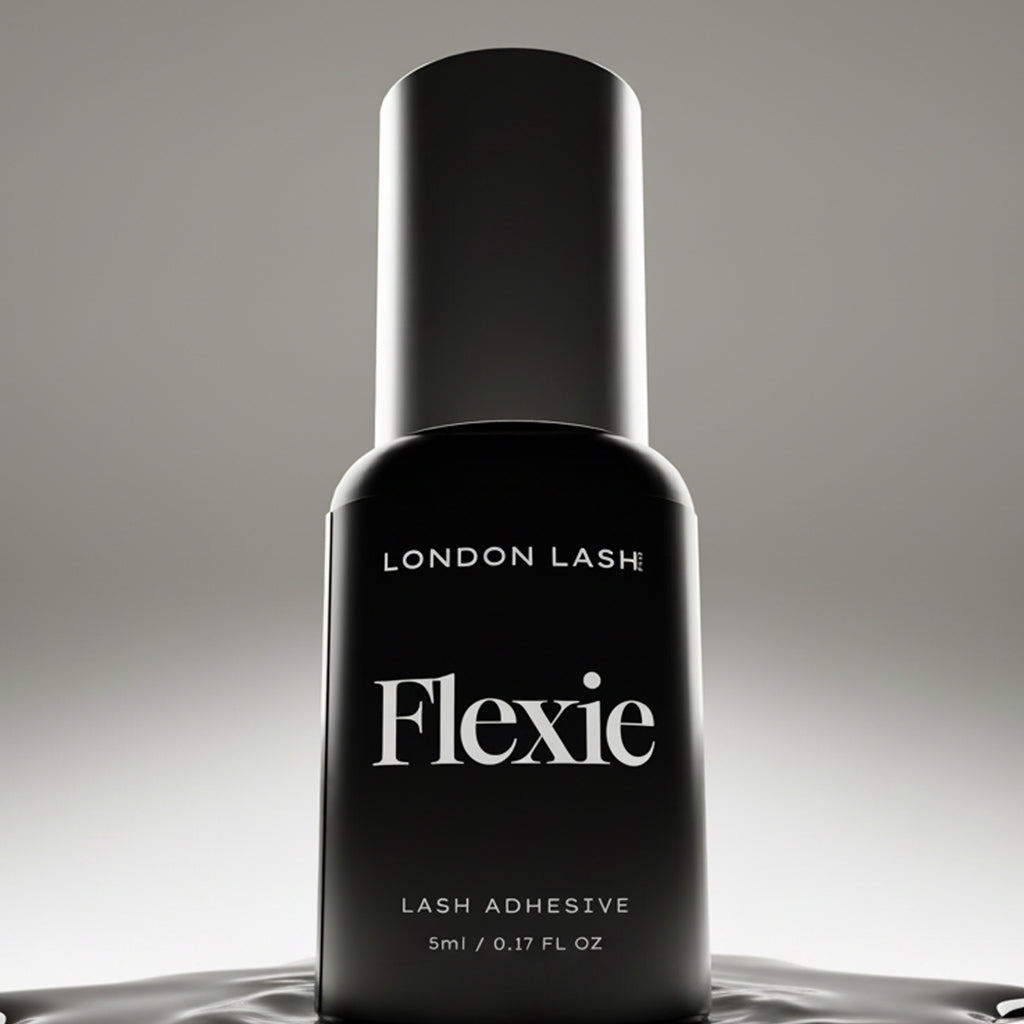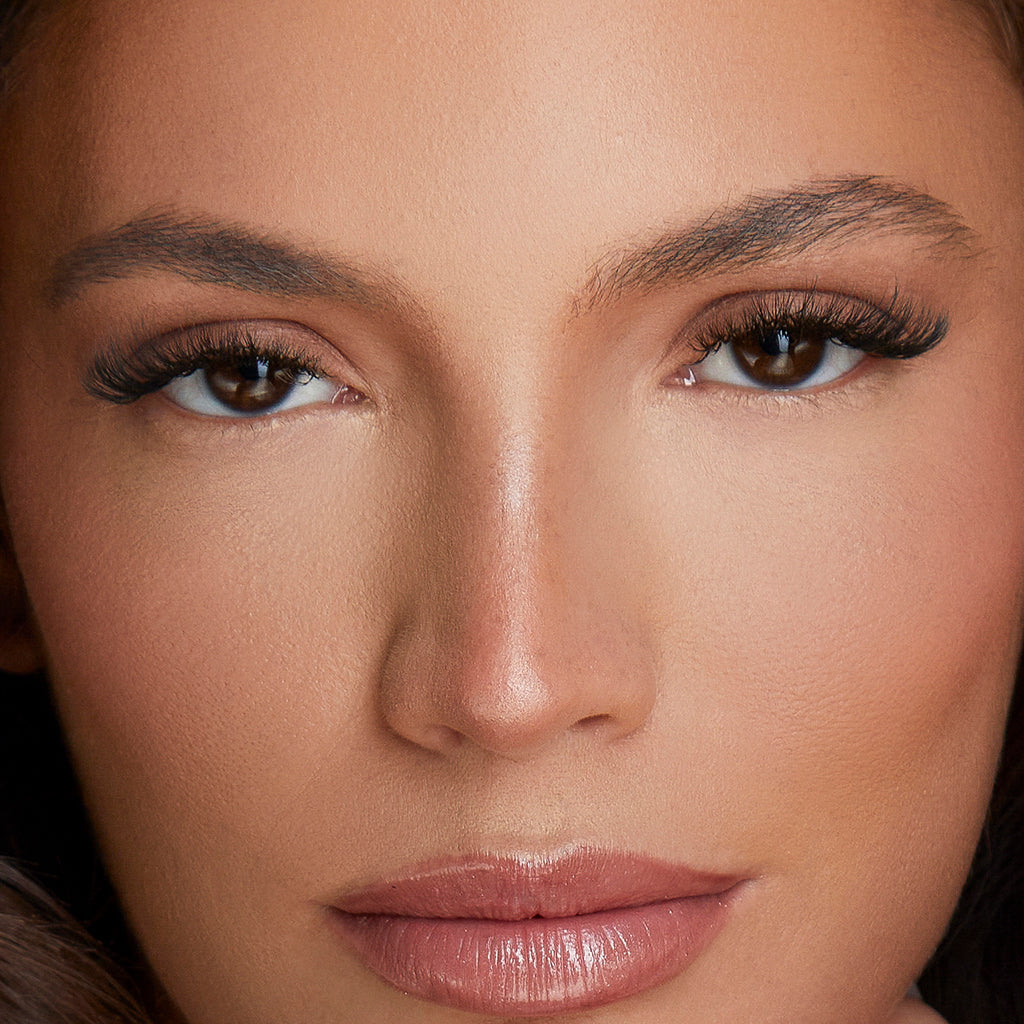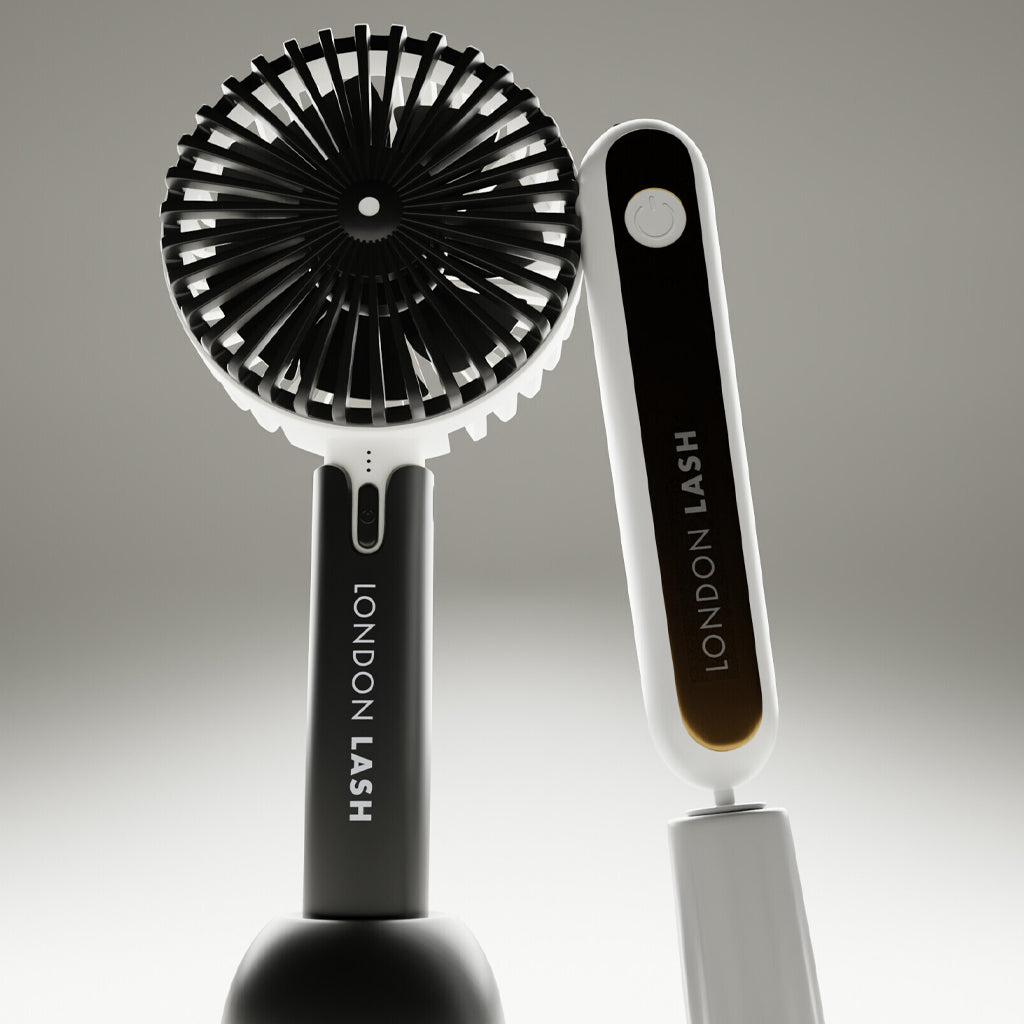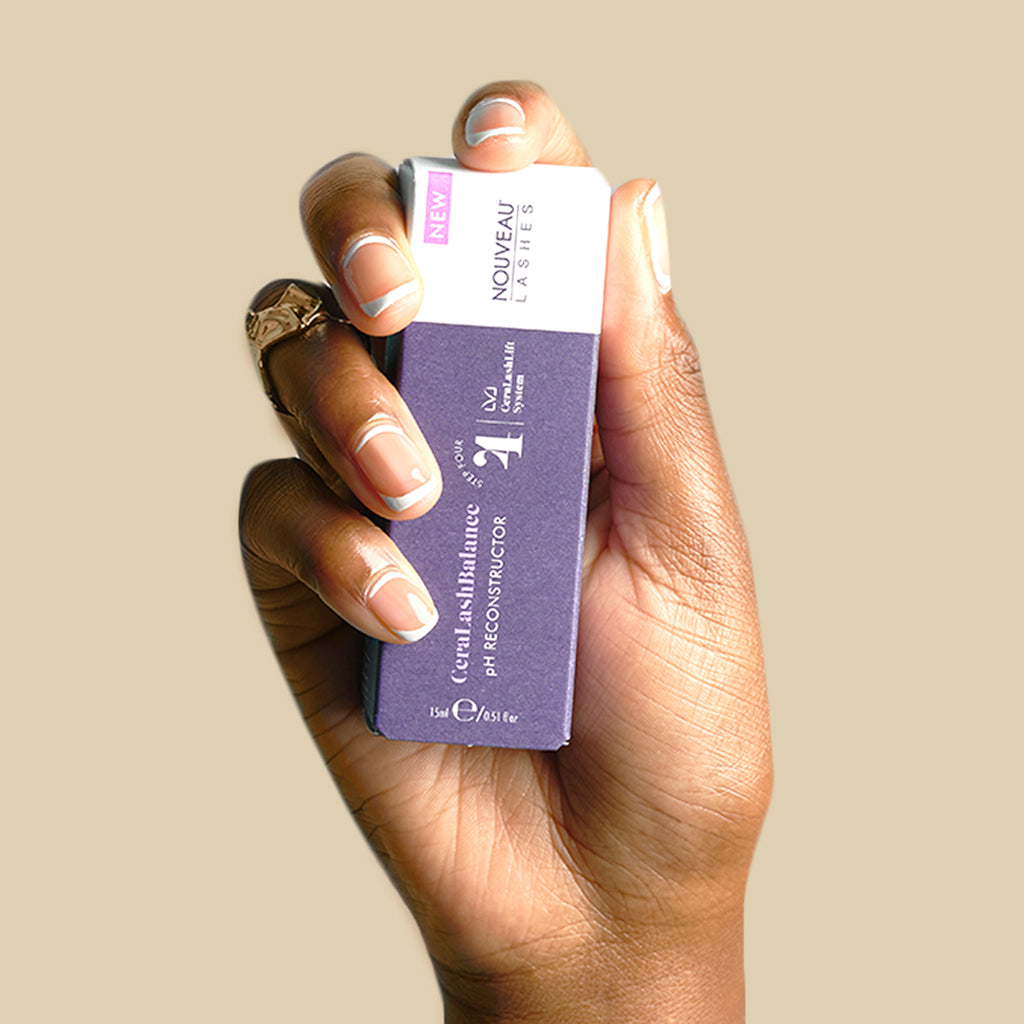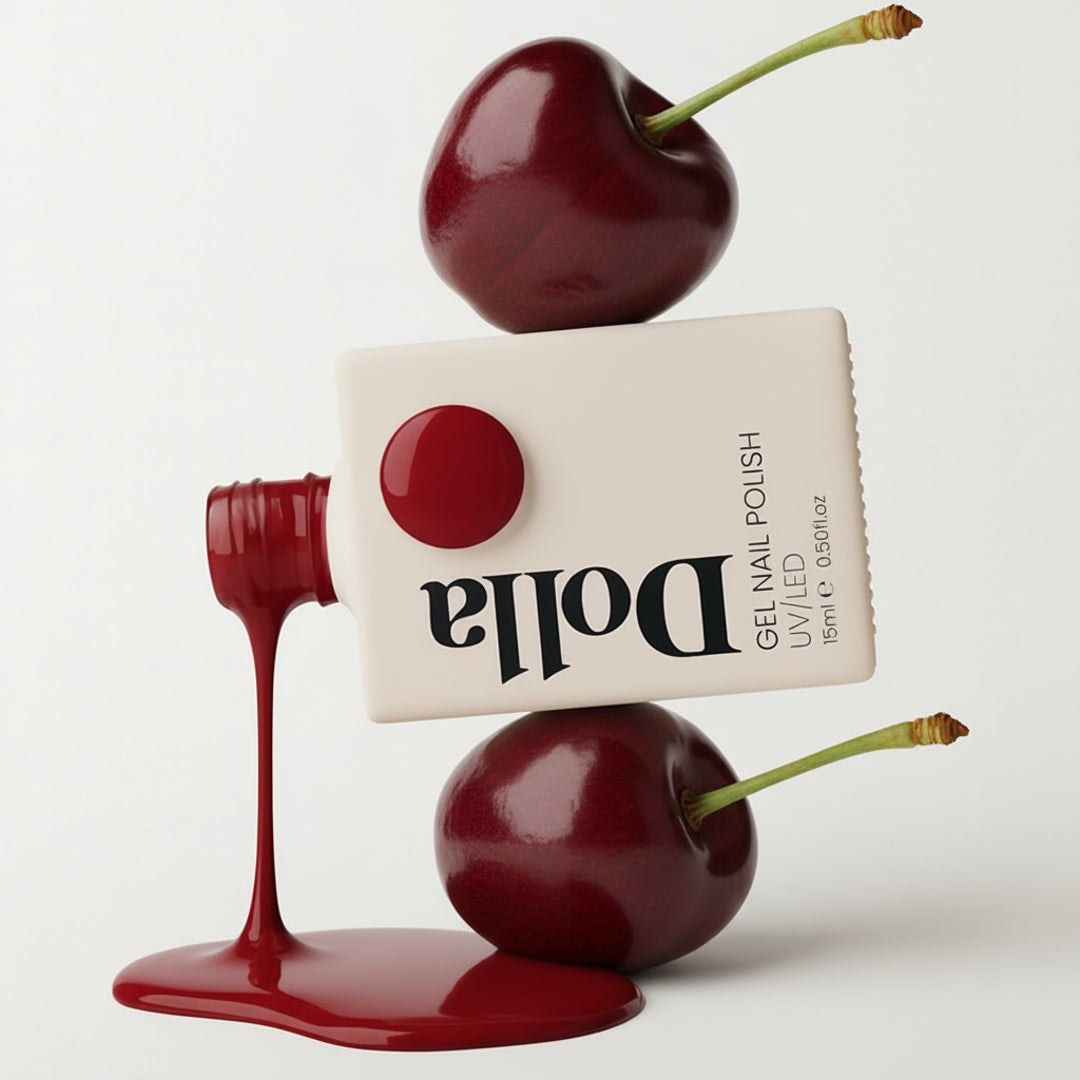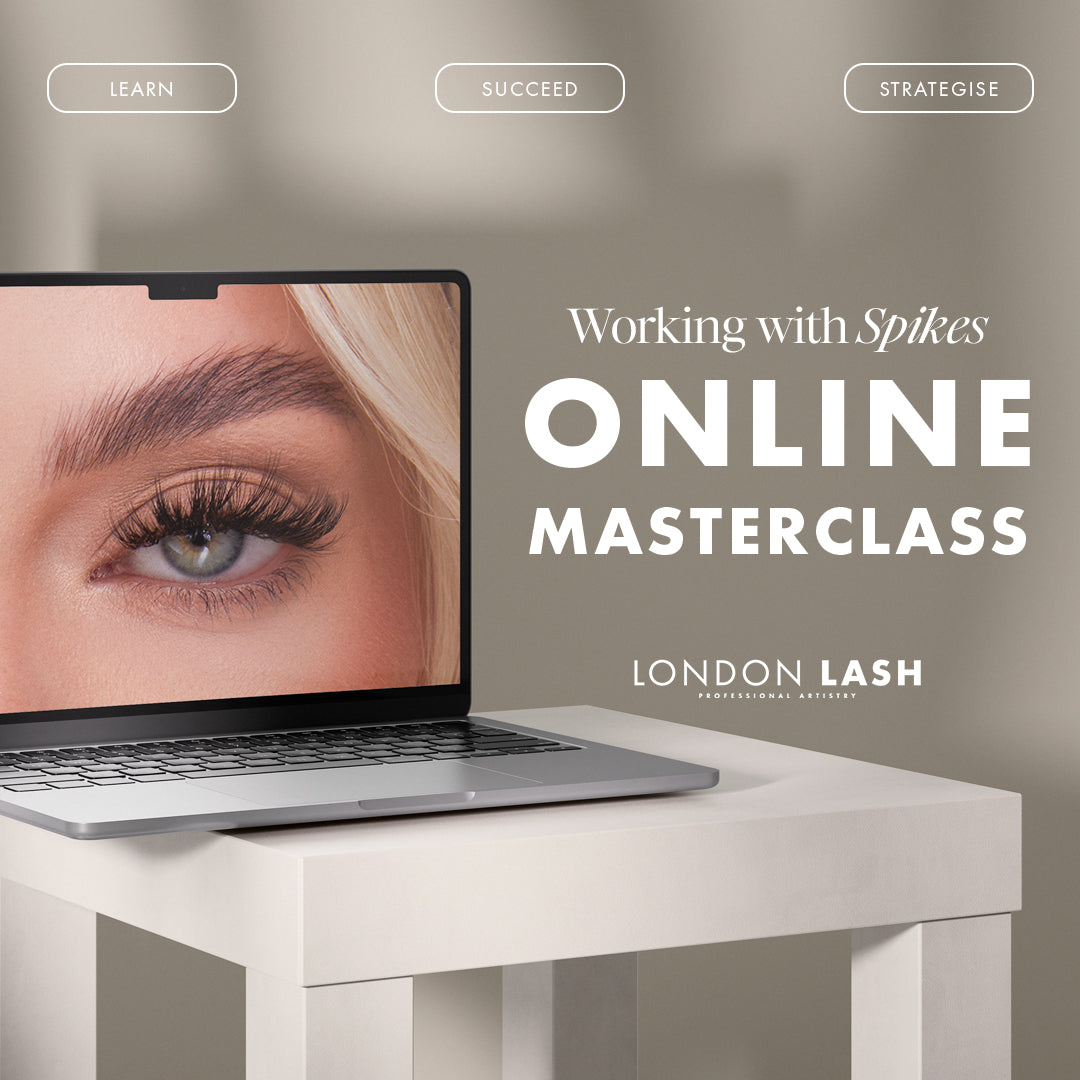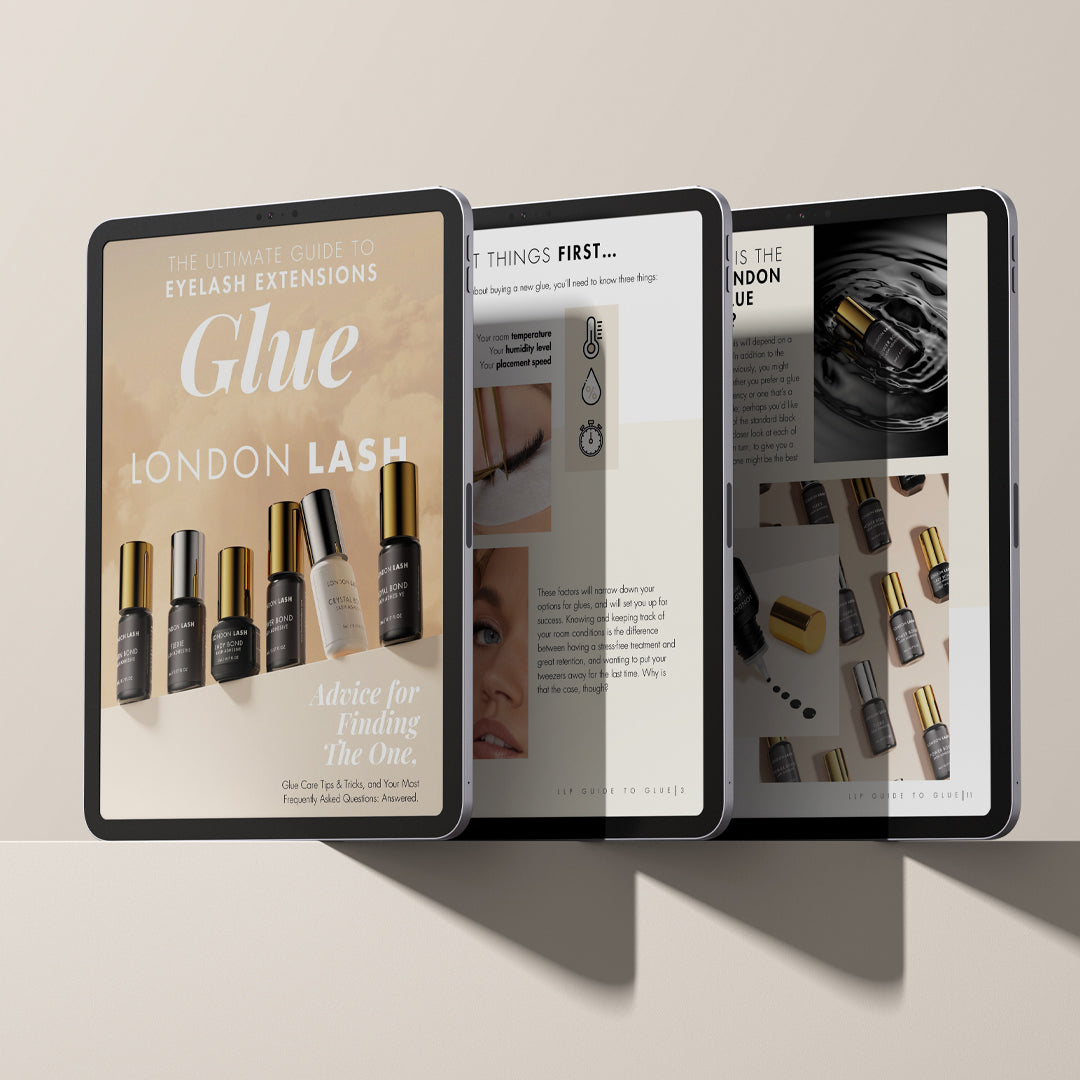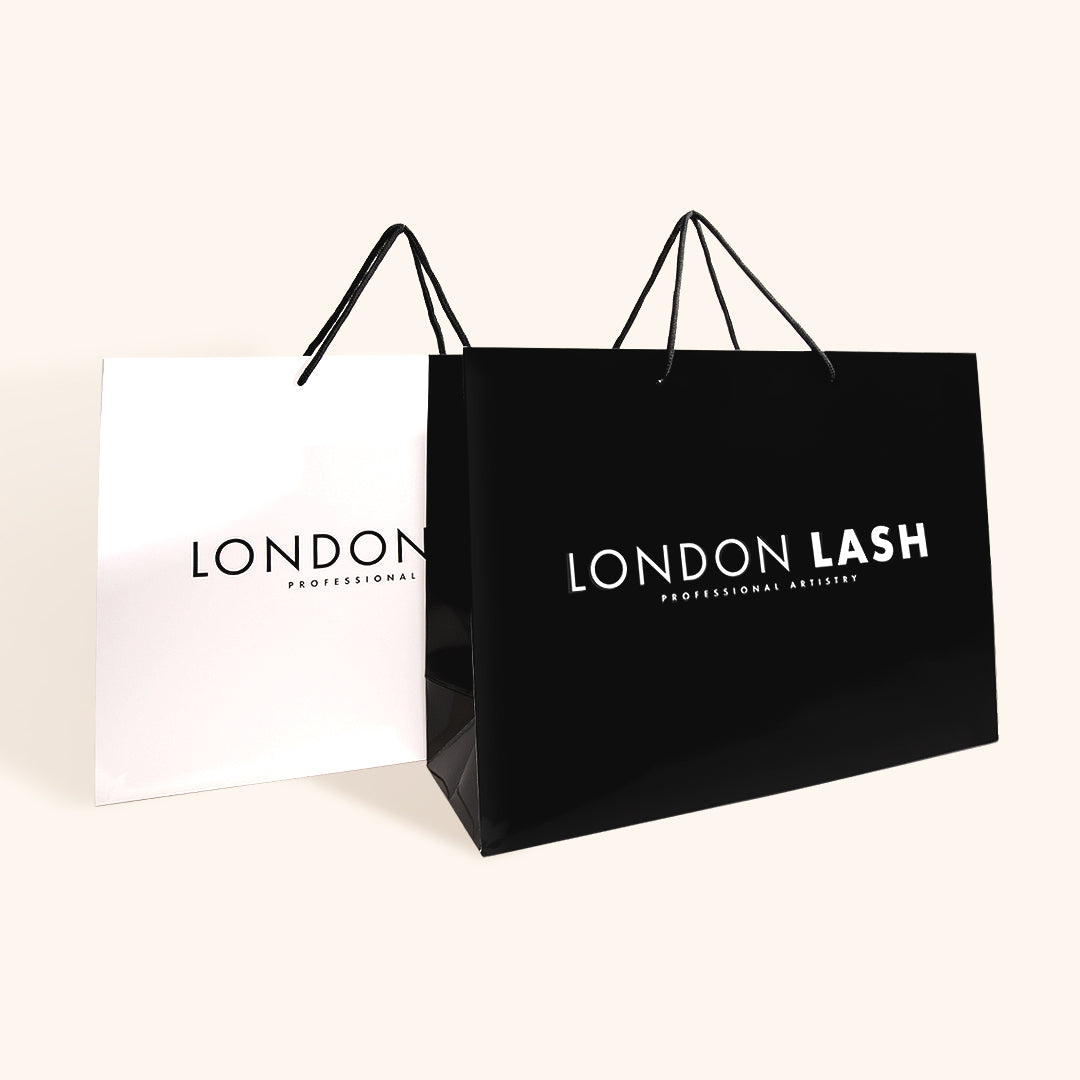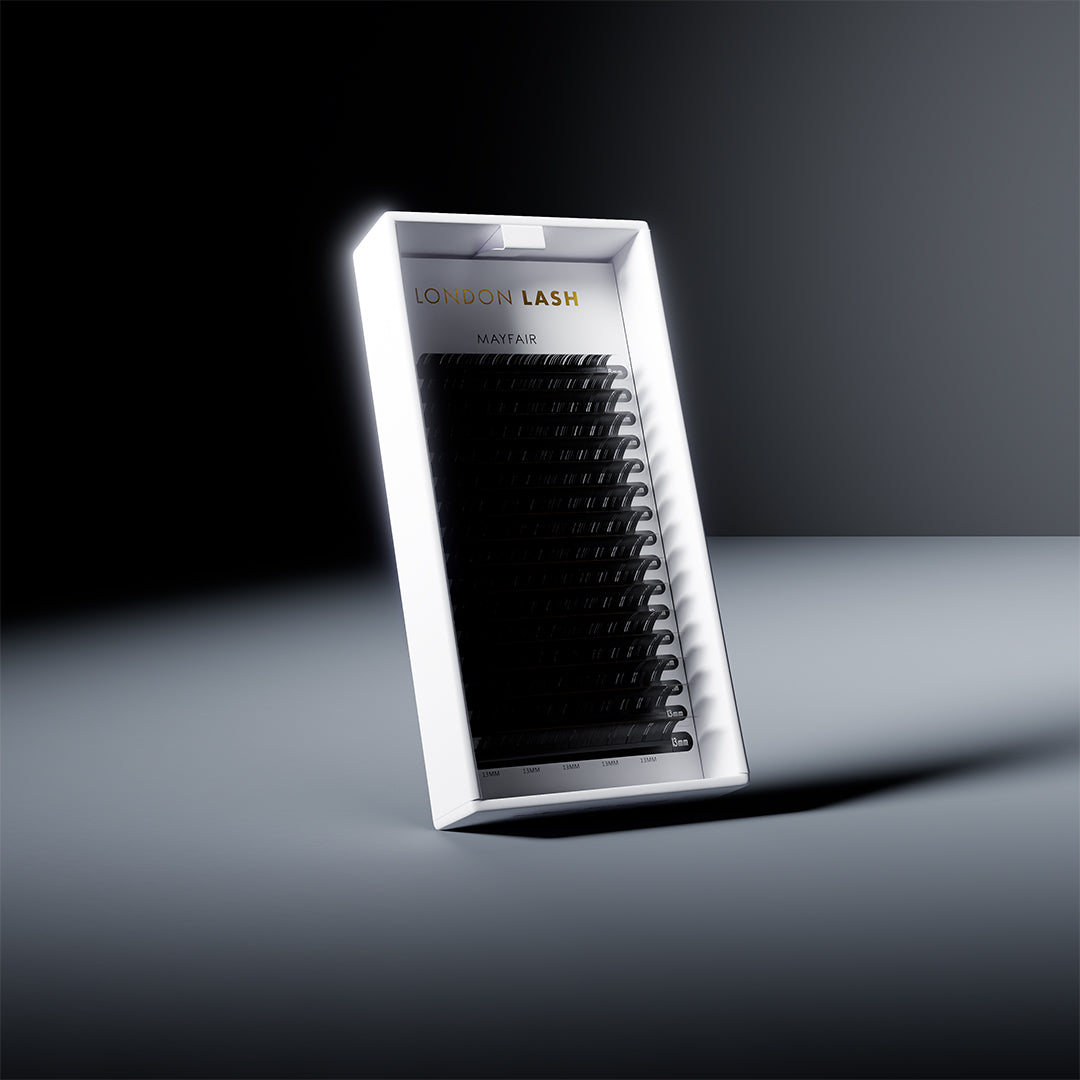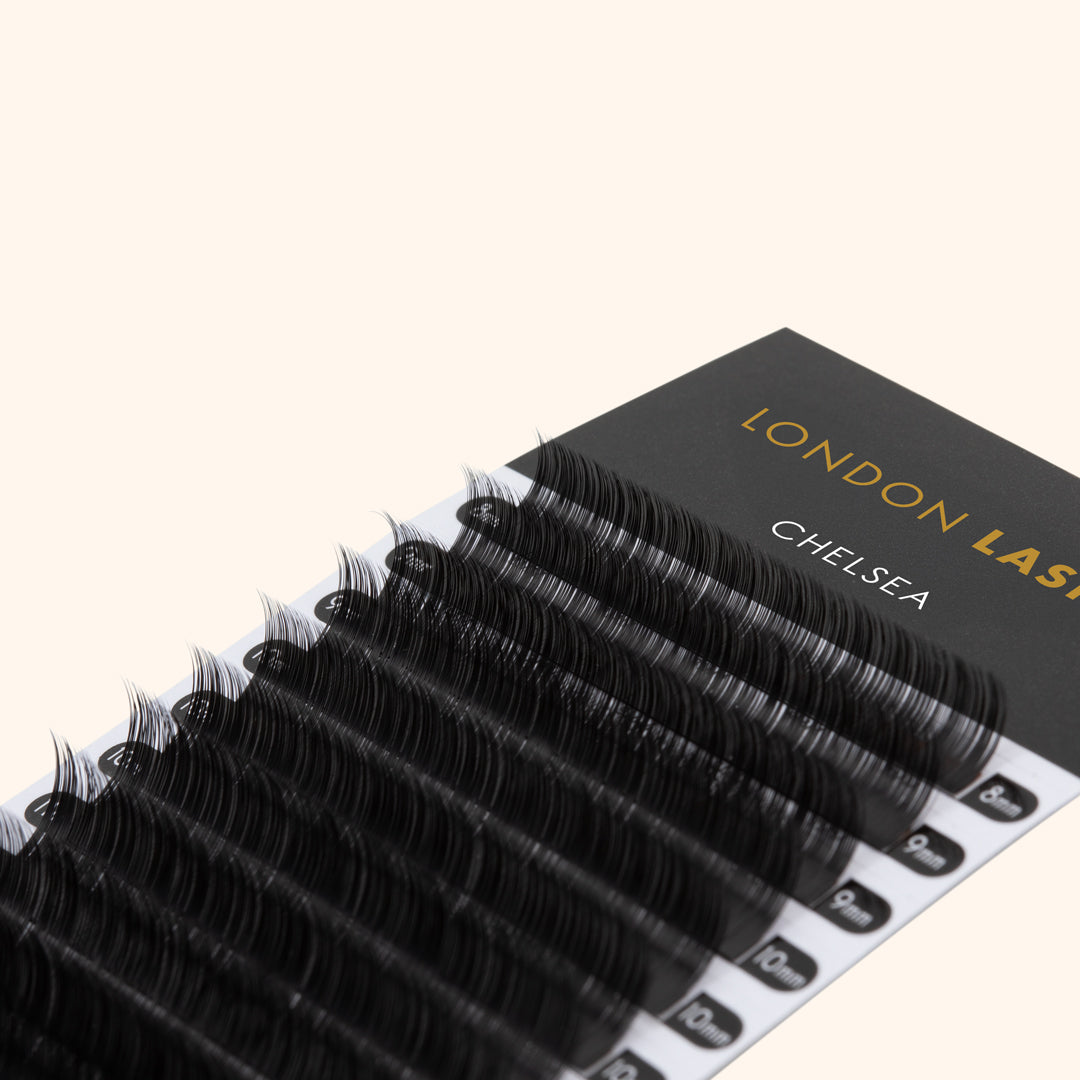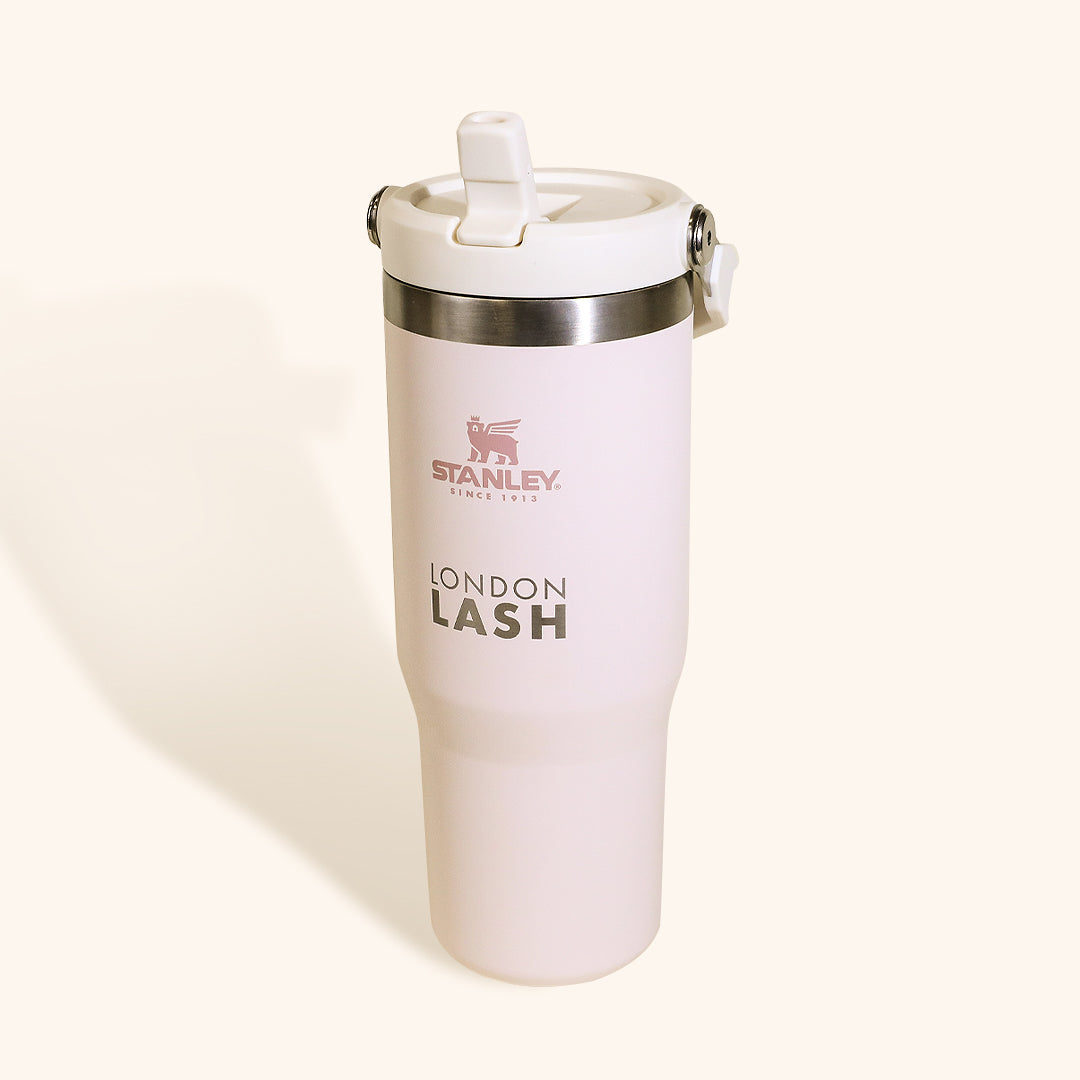New In
Glues & Liquids
Lashes
LASH LIFT
Dolla Nails Pro
Online Training
Save up to 57% off
The History of Lash Extensions
March 22, 2024 5 min read

The Fascinating Journey of Eyelash Extensions: From the Beginning to Now
Ever wonder how the whole craze for lash extensions began? It's not just a trend that popped up overnight. Nope, it's been a long, fascinating journey that has a rich history, dating back to the early 20th century, and has seen remarkable innovations over the years. So, grab your favorite cup of coffee, and let's dive into the intriguing history of lash extensions together. Trust us, it's a story worth knowing, especially for all you talented Lash Technicians out there looking to amp up your game by appreciating the evolution of your craft.

Back to the Roots: The Early Days
The quest for fuller, more dramatic eyelashes isn't a modern-day phenomenon. It stretches back to the early 1900s, marking the inception of the history of eyelash extensions. However, the idea of enhancing eyelashes first fluttered onto the scene way before this, as early as 3500 BC. At this time, the Egyptians had a clever way of shielding their eyes from the sun. They used oils and malachite to thicken and lengthen their eyelashes and eyebrows, which served as a protective barrier. This practice not only kept the harsh sun out of their eyes but also gave them a distinctive look.
According to Roman philosophers, by 753 BC, long lashes were believed to signify morality and virginity, while short lashes were considered a sign of aging. Consequently, people sought out ways to enhance their lashes to appear younger and more modest. By the mid 1800s however, women in the middle ages used to pluck out their lashes and brow hairs to show off their foreheads. Despite this, Eugène Rimmel, who was Queen Victoria's perfumer, developed the first mascara using petroleum jelly and coal dust to accentuate the eyes.
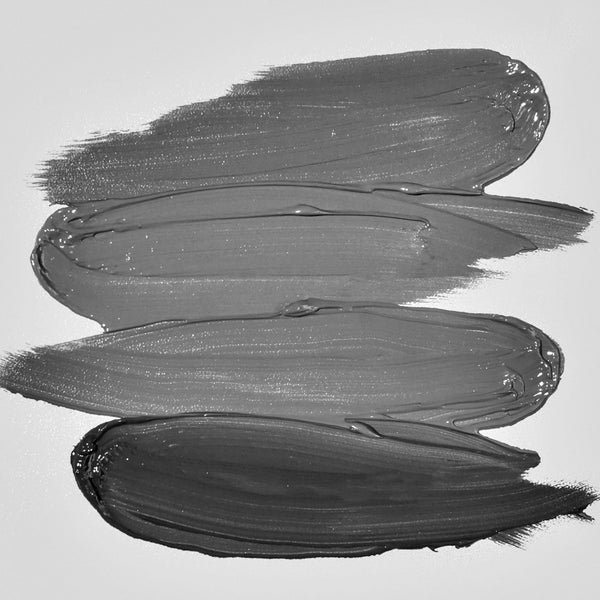
As we approach the end of the 19th century, in 1899, Parisian women were actually sewing hairs into their eyelashes to achieve longer and fuller lashes! As you can see, eyelash extensions, or lash enhancements in general, were not the same as we know them today, and women did some pretty drastic things to either enhance or diminish the look of their lashes, depending on the time period. However, these early attempts laid the groundwork for the lash extension industry as we know it today.
The 20th Century: A Time of Experimentation
The 1910s saw the first significant milestone in the history of lash extensions, with Canadian inventor Anna Taylor being granted a patent for false lashes, which we know today as strip lashes, in 1911. Her invention gained quick popularity due to its effectiveness. Shortly after, a German hairdresser and inventor named Karl Nessler began to use and promote similar strip lashes in his salon to protect the eyes from the harsh overhead lighting.
In 1916, with the rise of the silent film industry, where actresses had to use their eyes to express emotions that they couldn't convey through words, we had film director D.W. Griffith who dreamed of actresses with lashes so long they could practically sweep the floor.
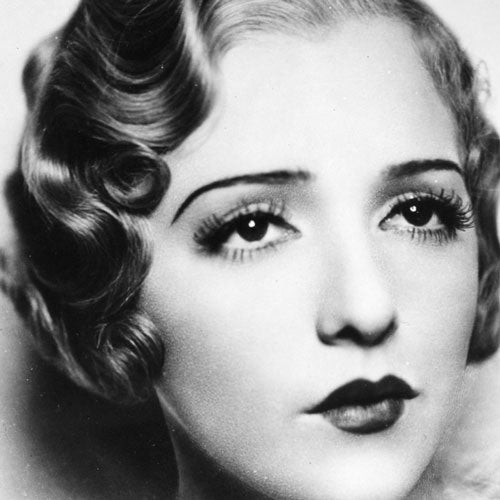
At that time, artificial lashes were already in use, but they were similar to the strip lashes we have today. They were made by sewing wig hair into gauze and then gluing them onto the eyelids. Although there was some discomfort due to sensitivities, these fake lashes became a sensation among audiences. Though primitive by today's standards, this innovation was revolutionary, setting the stage for future advancements. Soon, everyone wanted to have longer and thicker lashes. In the Roaring 20s, as fashion took a dramatic turn, so did lashes, leading to lashes becoming longer and flirtier.
Fast forward to the 1950s, in Western culture, the use of falsies has gained widespread acceptance and become an essential element of makeup. The trend began in the 1950s when manufacturers replaced natural and animal hair with plastic to meet growing demand. The materials used to create fake eyelashes continued to evolve, propelling the trend to even greater heights. In the 1960s, bold and dramatic eyes, accentuated with fierce eyelashes, became the new norm. Women sought to emulate the supermodel Twiggy, who was renowned for her doll-like eyes. However, the popularity of fake eyelashes declined in the 70s and 80s, only to make a grand comeback in the 1990s, and the trend has been going strong ever since…
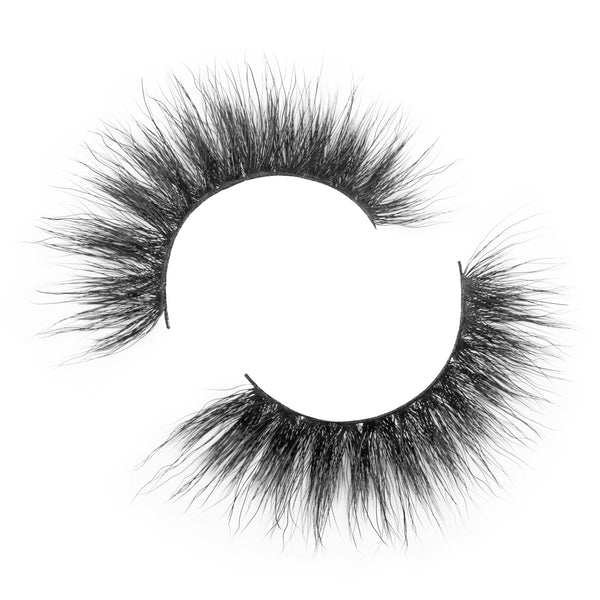
The Birth of Modern Lash Extensions
The turn of the 21st century marked a pivotal moment in the history of lash extensions, with the introduction of semi-permanent, synthetic, or occasionally animal fur extensions. You may recognize them as ‘cluster lashes,’ a trend that originated from South Korea, and aren’t the classic eyelash extensions as we know of today, but were applied to the lashes rather than the eyelid. While these were a leap forward in the lash industry, they still had their drawbacks, like being a little too heavy for the natural lashes or not quite blending in, leading to the development of lighter, more natural-feeling lashes and new techniques.
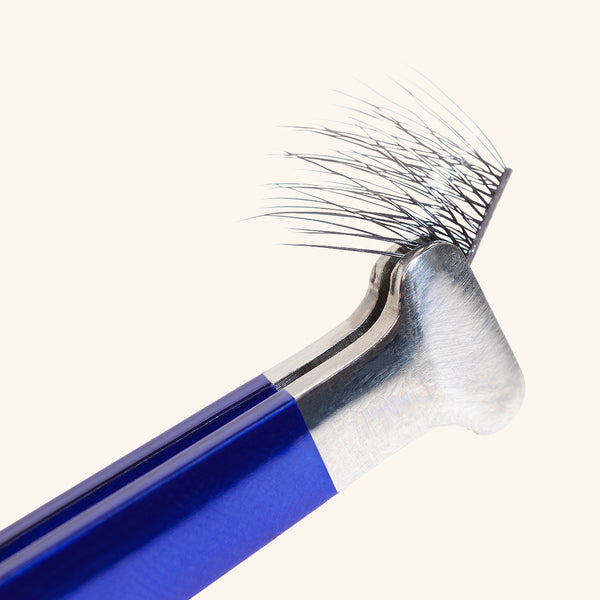
The 2010s and Onwards
The eyelash extensions industry experienced significant growth during the 2010s. Eyelash extensions were made finer to avoid causing damage due to their weight, and techniques were improved to make lashes look fuller than ever. The treatment has now become super safe and comfortable for the wearer!
Mink lashes or silk lashes, known for their softness and natural appearance, have become a favorite among clients and Lash Techs alike. Nowadays, many lash brands, including us, don’t use real Mink fur and silk – check out this blog post to learn why! With that in mind, we as a brand do still use terms like Faux Mink and Silk to differentiate between the appearance or texture of our lashes, with Faux Mink being shiny and Silk being matte.
Now that we have a better understanding of how to ensure eyelash extensions are safe, we can get creative with new styles, lash mapping, and even brown and colorful lashes. These new trends are becoming increasingly popular among Lash Technicians and clients, with the help of social media, who are eager to try new and exciting looks.

The Future of Lash Extensions – What’s Next?
Let's not forget the pivotal role of Lash Technicians in this evolution. As Lash Techs, all of our skills and insight, from across the globe, have been crucial in refining lash materials and application techniques, ensuring clients walk away with not just extensions but a true work of art. Today, Lash Techs are not just service providers but artists who personalize lash extensions to complement each client's unique appearance. But, what’s next? As the lash industry continues to grow and evolve, it's exciting to think about what the future holds. One thing is for sure, Lash Techs and brands alike will continue to play a crucial role, and we can't wait to see what innovative techniques and technologies we’ll be advocating for next.

So, there you have it—the journey from the humble beginnings of lash enhancements to today's sophisticated lash extensions that you know and love. It's a rich history that not only celebrates beauty and innovation but also highlights the importance of quality and craftsmanship, something we’ve always stood by. Understanding this history is not just about appreciating the past; it's about envisioning the future of beauty and your role in it. So, here's to the past, present, and future of lash extensions—a world of beauty that continues to evolve, inspire, and captivate!
Check out these featured products
+3 More
M B L30% OFF | CODE: MISSED30
+1 More
D30% OFF | CODE: MISSED30
Subscribe
Sign up to get the latest on sales, new releases and more …

